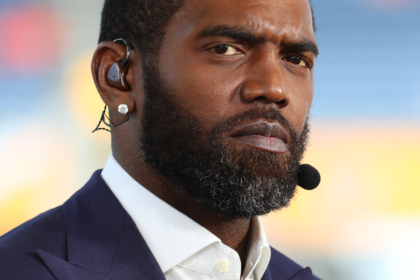In exploring the diverse expressions of personal identity and style, one intriguing aspect that emerges is the choice of some men to wear women’s clothing. This phenomenon transcends simple fashion preferences, tapping into deeper discussions about gender identity, societal norms, and personal freedom. The motivations and implications of this choice can vary widely, encompassing psychological, cultural, and aesthetic dimensions. In this detailed exploration, we aim to understand the nuanced reasons behind this preference and how it reflects broader societal changes.
Historical and Cultural Context
The Tradition of Cross-Dressing
Cross-dressing has historical roots that reach back to ancient civilizations, where men often donned attire typically worn by women for religious, theatrical, or ceremonial purposes. In many cultures, these practices were not only accepted but celebrated as essential elements of tradition and storytelling. Understanding this historical context sheds light on how modern perceptions of clothing and gender norms are culturally constructed and subject to change.
Psychological Perspectives
Exploring Identity and Expression
For many men, wearing women’s clothing is a profound way to explore personal identity. It can serve as an expression of a gender identity that does not conform to traditional male stereotypes or as a way to explore the fluidity of gender. Psychologists suggest that this can be a therapeutic exercise for some, providing a sense of relief from the constraints imposed by conventional gender roles.
The Role of Autogynephilia
Autogynephilia, a term coined in the context of sexual psychology, describes a male’s paraphilic tendency to be sexually aroused by the thought of oneself as female. This concept, although controversial and not universally accepted, is often part of the conversation when discussing why some men are drawn to wearing women’s clothing.
Aesthetic Appreciation and Comfort
Fashion as Art
Beyond gender identity or psychological factors, some men simply appreciate the aesthetic of women’s fashion. Women’s clothing often offers a broader variety of styles, colors, and fabrics than men’s clothing. The allure of these options can be quite powerful, offering sensory experiences and artistic expressions that are not typically available in men’s fashion.
Seeking Comfort and Fit
Comfort is another significant factor. Some men find that women’s clothing fits better or feels more comfortable due to softer fabrics or better contouring. This practical consideration, though less discussed, is a valid and common reason behind the preference for clothing traditionally designed for women.
Societal Implications
Challenging Gender Norms
Men wearing women’s clothing can challenge entrenched societal norms and contribute to the ongoing conversation about gender fluidity and acceptance. Each act of personal expression that crosses traditional gender boundaries can promote a more inclusive understanding of gender and identity, encouraging a society that values freedom and personal choice over conformity.
Community and Support
Finding Belonging
For those who wear women’s clothing, finding community support is crucial. Online forums, social media groups, and local communities offer safe spaces where individuals can share experiences, offer support, and connect with others who understand their journey. This sense of belonging can be incredibly affirming and empowering.
Embracing Diversity: Why Men Choose Women’s Clothing
The choice of some men to wear women’s clothing is a multifaceted issue that encompasses a range of motivations from psychological to aesthetic. It challenges traditional norms and opens up dialogues about gender identity, personal freedom, and the evolving nature of societal standards. By examining the historical, psychological, and social dimensions of this choice, we gain a richer understanding of the complexities of human identity and expression. As society continues to evolve, so too will our perceptions of gender and the clothes we choose to wear, reflecting a continual redefinition of what it means to truly be oneself in a changing world.
This exploration not only broadens our understanding of a unique facet of human behavior but also encourages a more empathetic and inclusive view of personal expression in all its forms. It prompts us to question and expand the boundaries of what is considered normative, allowing for a more nuanced appreciation of individuality. Through this lens, the act of men wearing women’s clothing becomes not just an issue of personal choice but a significant statement on the fluidity of identity in our modern age.
Moreover, as we continue to break down these barriers, we foster a world where everyone can feel more comfortable and confident in expressing themselves in ways that feel most authentic to them. This movement towards inclusivity and understanding not only enriches the lives of those directly involved but also enhances the social fabric of our communities. Therefore, recognizing and supporting the choices of these individuals is not just about advocating for diversity in fashion—it’s about advocating for a more understanding and accepting society as a whole.
This story was created using AI technology.
















